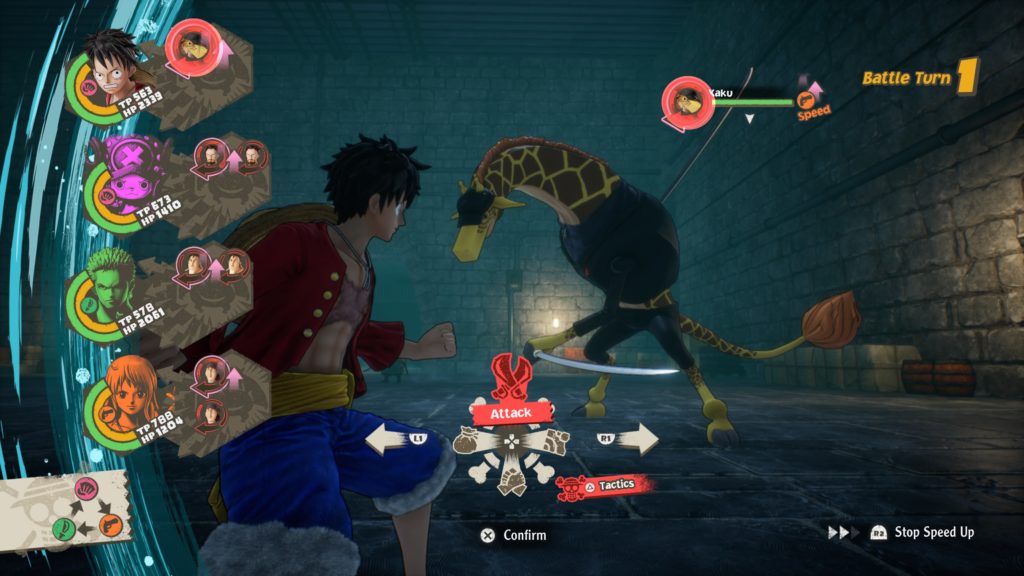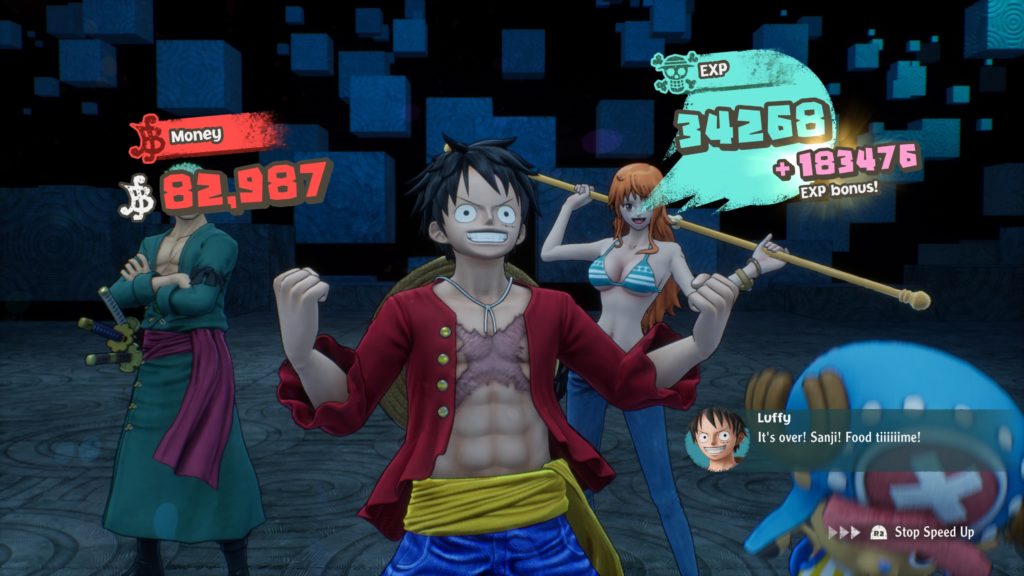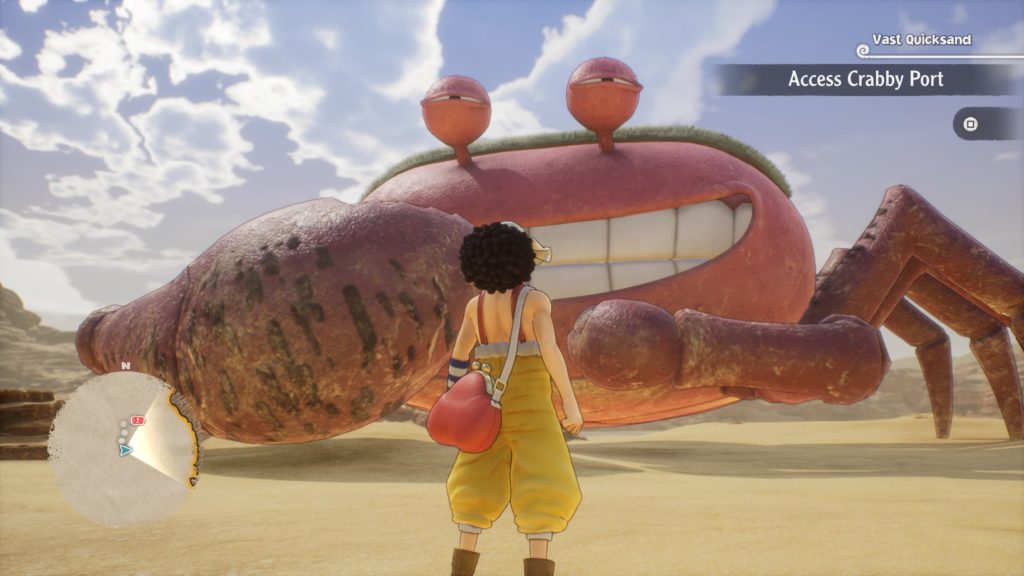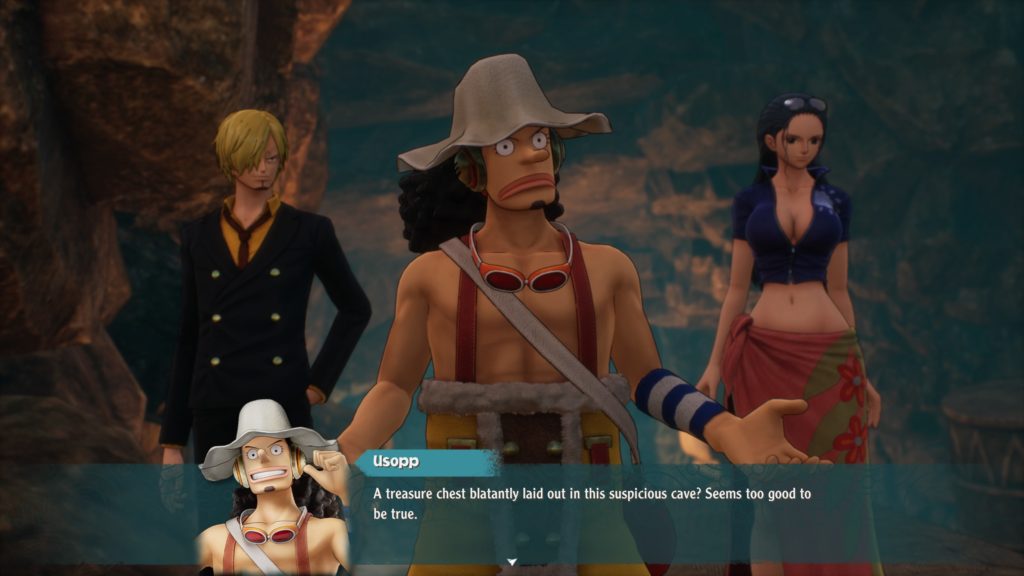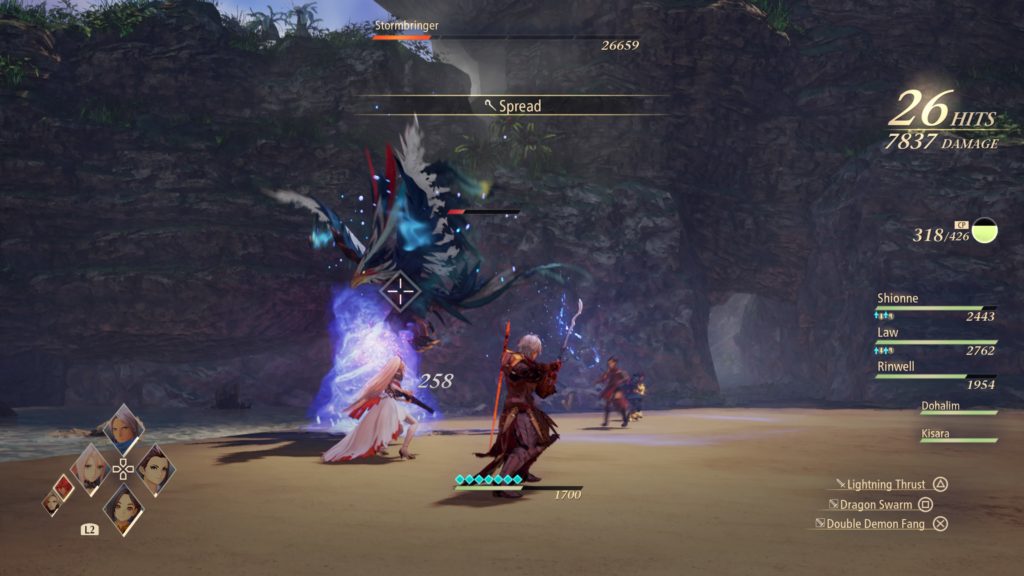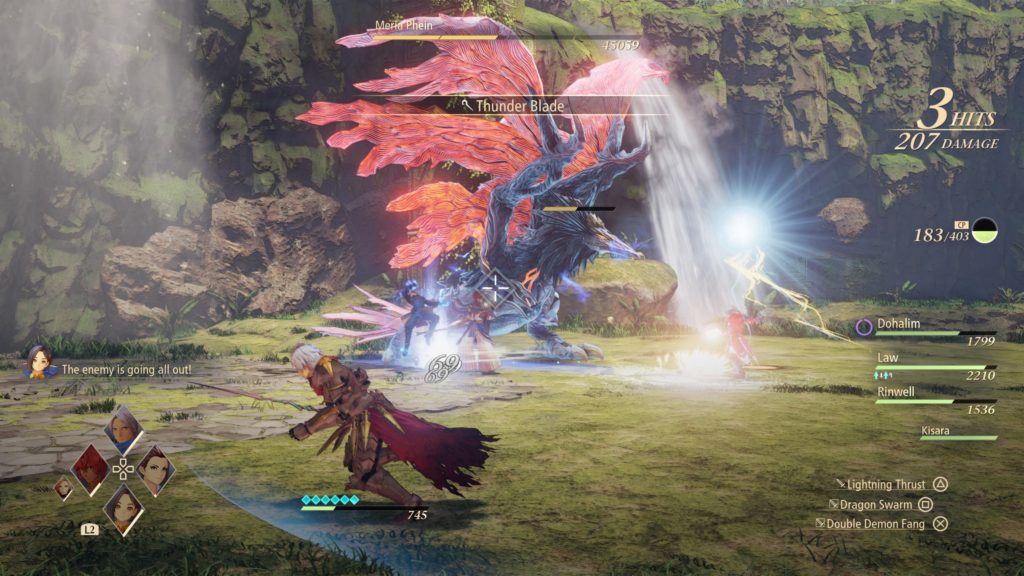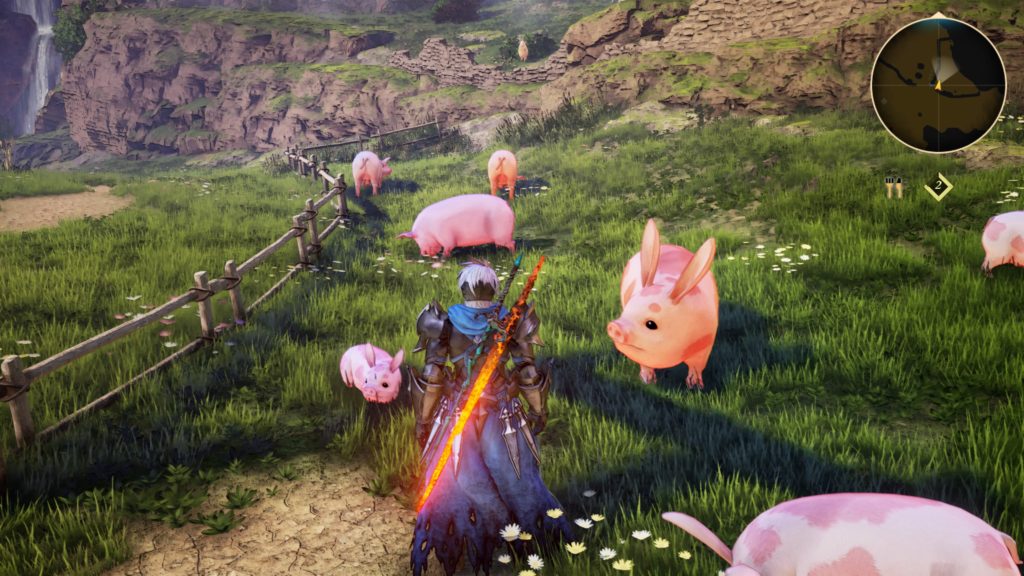- Genre: Action RPG
- Platform: PS5
- Also Available On: PS4, Windows, Xbox Series X|S
I don’t really know why I expected this to be more of a traditional ARPG than a tank game, but I’m glad I was wrong. The game throws you into a bit of ARPG action early on, but from there it’s almost entirely a tank game and boy did it hit far better for me because of it.
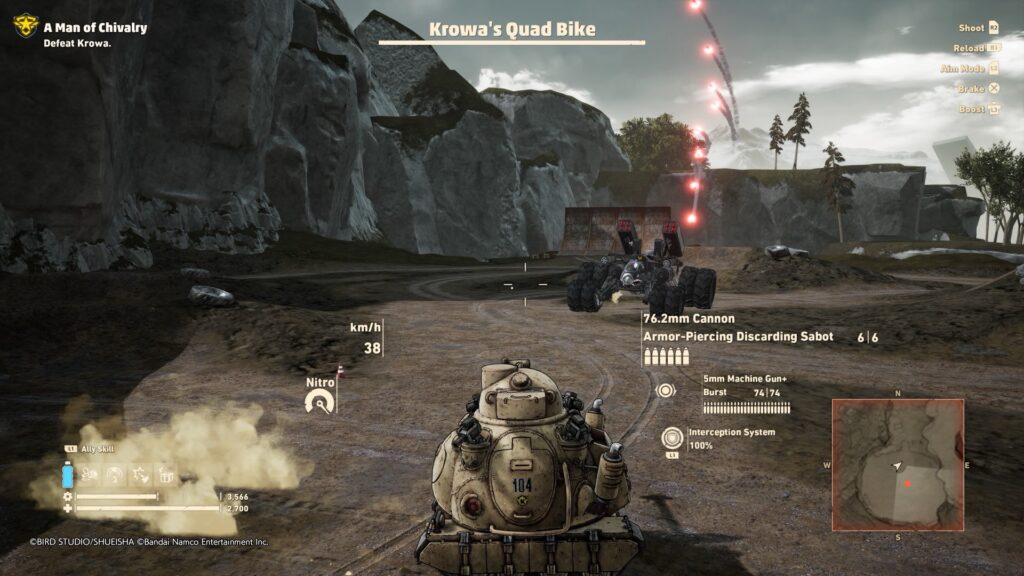
There’s just something that was so satisfying about the tank combat for me in this game. The moment-to-moment combat was solid on its own, but it wasn’t the core of what drew me in. I think ultimately it came down to how well the ARPG aspects were integrated into the tank crafting system. The core power curve of the game is the player level, based on normal XP. As the player levels, enemies in the world get stronger. However, that is not how the player gets stronger. The player’s vehicles get stronger purely through crafting.
The core vehicle levels then have some basic stat increases, but the core power curve is through vehicle parts – weapons, engines, suspensions, etc. This customization is obviously driven by the player’s need to get stronger but it also lets the player hugely modify the vehicles around their play style. Want to be a bit pray and spray? Go into fast fire with lower damage that reloads quick. Trust your aim? Go huge damage and one-shot enemies. Want to move quick at the expense of lower defense? Go ahead and be a turbocharged glass cannon. This all takes place over a whole slew of different vehicle types (tanks, walking bots, motorcycles, dune buggies, hovercraft, and more) to also fit all sorts of environment styles. The game gets a huge amount of flexibility out of the customization options available, which really drove me to experiment and constantly be crafting new things to try.
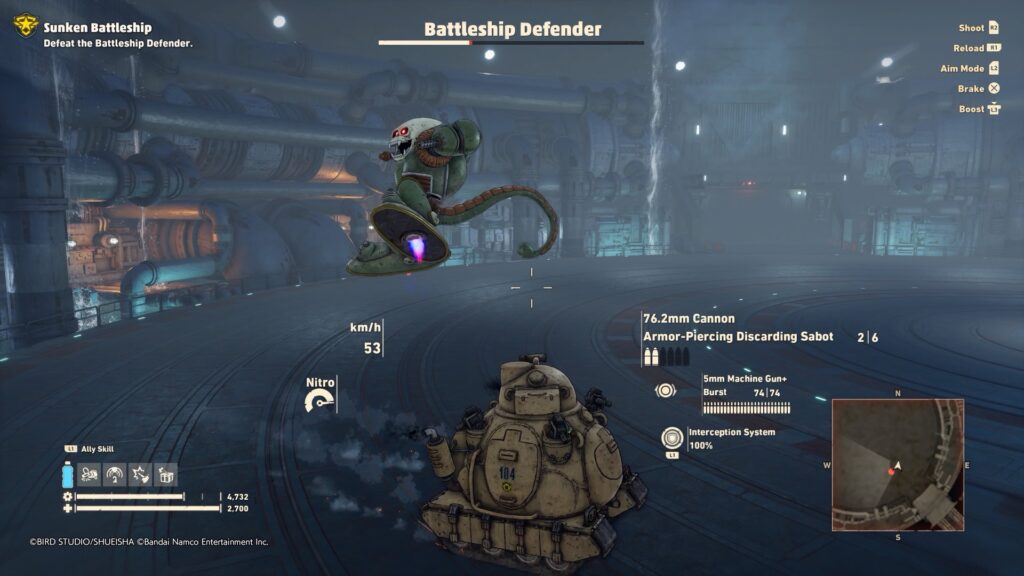
None of that would have mattered if the crafting itself was a slog, but luckily that isn’t the case. Enemies are incredibly common to find if you need something, but easy to avoid if you don’t. Every kill drops something and often multiple somethings. Side quests give rewards of all sorts. Treasure chests are available all over the place that give crafting and vehicle parts. This all really just feels tuned around the idea that they want you to play around with everything available to you without the game wanting to be in the player’s way.
It’s also worth noting how good the variety of vehicles ends up being in core gameplay. My tank was my obvious #1 in combat as it tended to have the best overall weapon set for huge damage. However, it’s a relatively slow vehicle. For large traversal I would swap out to a motorcycle. It had some weapons for taking out trash enemies but the main benefit was how fast it moved. However, the speed didn’t matter in tight spaces. For those I’d swap out for a walking bot that I had equipped with more crowd control-style weaponry to give me some strong offense that I could lob around hallways. These are then available to quick swap at any time through a clever use of the storage capsules from Dragon Ball to allow the player to “carry” a bunch of vehicles with them at all times. The game wants you to be using your full arsenal in a variety of situations and just gives you every tool imaginable to do so.
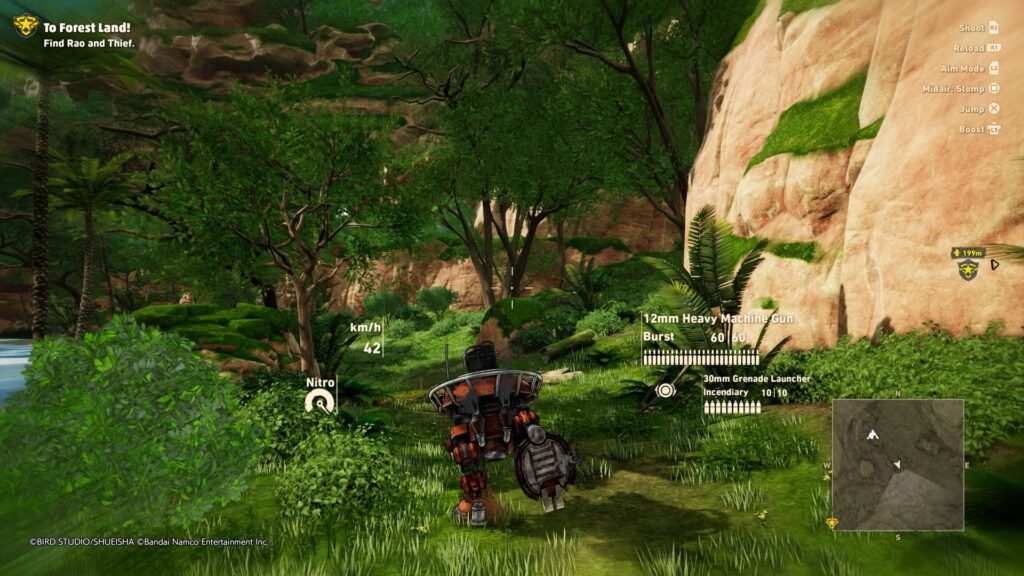
The rest of the game then just kind of falls into place. Main quest line objectives are far enough apart that you inherently explore on the way between them. Just as you’re generally finding the bulk of things in an area, the story will push you into a new region with new stuff. Just as you’re starting to feel bored of going back to old areas, you open up new vehicle types that open up new stuff in those areas. Just when you’re starting to get bored of the main Sand Land, you then open up Forest Land with entirely different environmental aspects to it. I’m not going to sit here and say that this is a blow your socks off game by any measure, but boy could it be far worse and I’d be lying if I said I didn’t enjoy it the entire time. It’s just far better of a licensed game than it had any reason to be.
When I looked into the developer of the game that made incredible sense though. ILCA was also the team behind One Piece Odyssey. That game fell into a similar place for me. It wasn’t a blow your socks off game, but it had such incredibly fun core combat that I didn’t want to stop playing it. This feels like a studio who understands that they can adapt an IP to good game mechanics, rather than adapt game mechanics to an IP and it’s been hugely to the benefit of their last two titles.
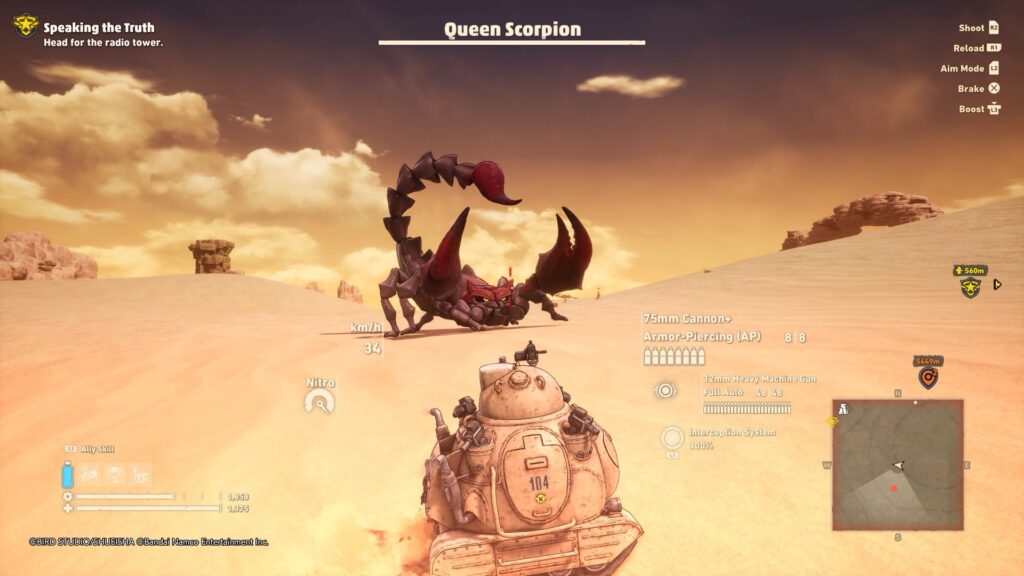
This was just a pleasant surprise. It has great combat mechanics, great customization mechanics, and doesn’t overstay its welcome. It was a trim 25 hours or so for me to mostly complete everything and I enjoyed it all the way. ILCA‘s next title looks to be a new entry in the Ace Combat series after they assisted development on the incredibly fun Ace Combat 7 and boy am I now looking forward to it more than ever.


